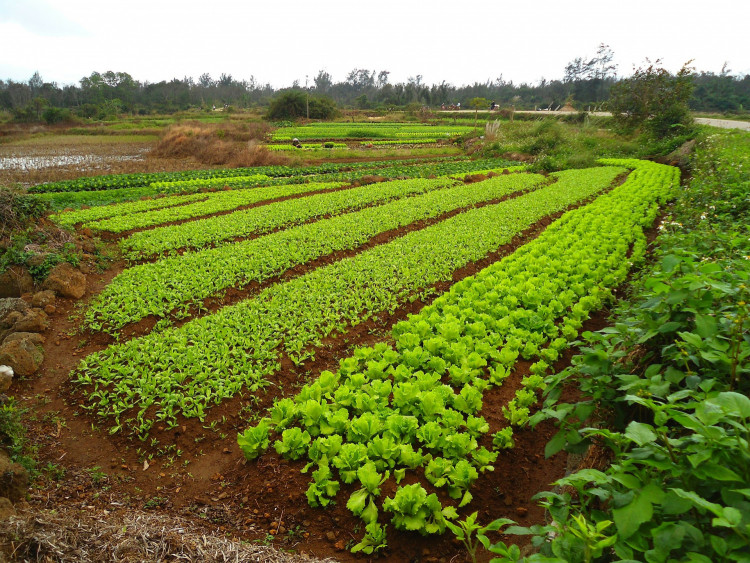Post-disaster reconstruction works have already started in Shougang, East China's Shandong Province that was left with $1 billion in damage after Typhoon Rumbia last week. The local government gave $2.61 million as preliminary help for people who were gravely impacted.
The flood brought by typhoon Rumbia was the worst environmental disaster that the province experienced since 1974 according to a government representative.
The first step for recovery is to arrange for villagers to return to their homes. Residents were relocated to government shelters during the peak of the typhoon.
The typhoon caused more than $1 billion in economic losses because Shougang is the country's largest fruit and vegetable producer. About 4.5 million tons of fresh produce is grown in the region yearly. In fact, the city accounted for China's largest vegetable wholesale market.
The South China Morning reported that typhoon impact on the city has already resulted to vegetable price hike in Beijing where 70 percent of the demand for Shougang vegetables is coming from. Fresh produce at a market in Xicheng district was being sold at 30 to 40 percent its prices before Typhoon Rumbia.
In Qingdao, which is still the Shandong province, prices of vegetables have doubled. A coriander, for example, which normally costs 9.9 yuan or $1.45 per 500 grams, is being sold for 26.5 yuan or $3.89 per half a kilo.
Typhoon Rumbia has also damaged the local livestock. One woman told local reporters that there were approximately 10,000 pigs raised by 40 families that went missing during the typhoon. Aside from lost livelihood, health officials are now also concern about the epidemic which could be spread by animal carcasses still submerged in the mud.
Elsewhere, Typhoon Rumbia affected 9.5 million of people from the eastern, northeastern, and central part of the country. There were 22 people who were reported dead and seven others missing as of Aug. 27.
In Shougang, 13 people lost their lives while trying to flee for safety. Two auxiliary police who helped with the search and rescue operation remain missing as of press time.
Typhoon victims who were still emotional were blaming the decision of the Weifang's water conservancy bureau to release waters from the reservoirs for the devastating flood. The bureau had since explained that it decided to release the waters to stop the dams from collapsing. The latter could have the more devastating effect on the residents.
Meanwhile, the Weifang weather bureau said Typhoon Rumbia brought 174.7 mm of rain which was 3.2 times from what was initially forecasted.






